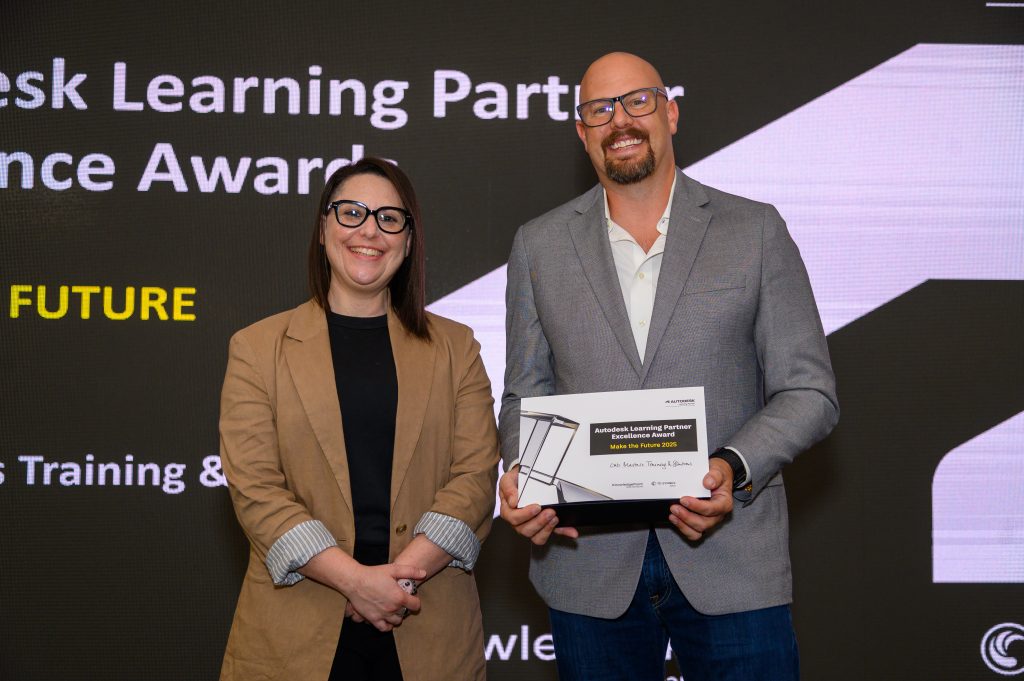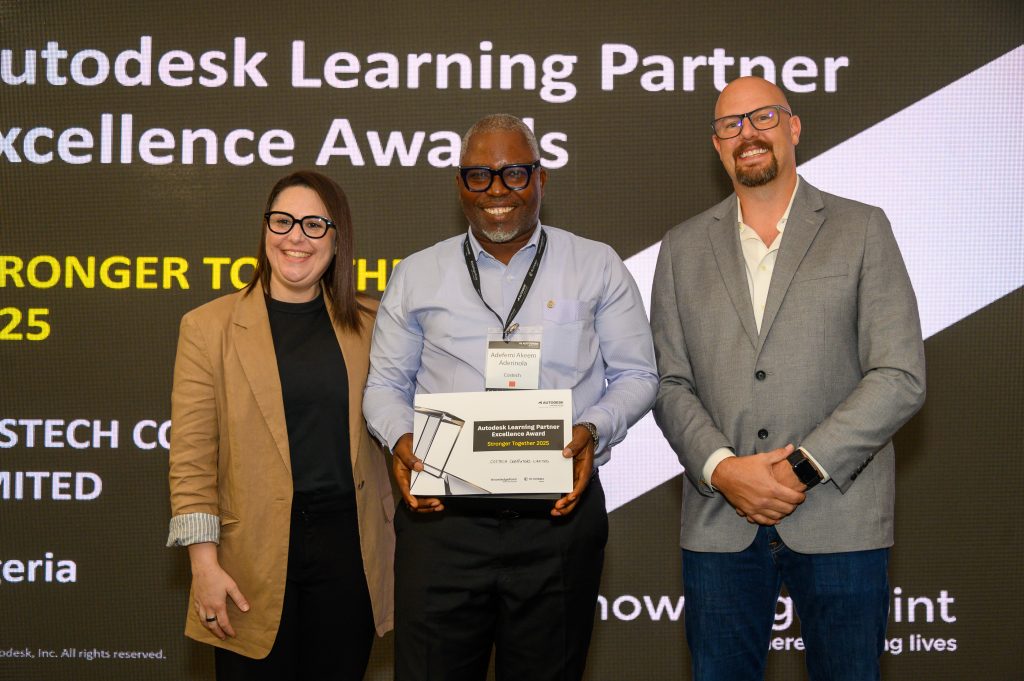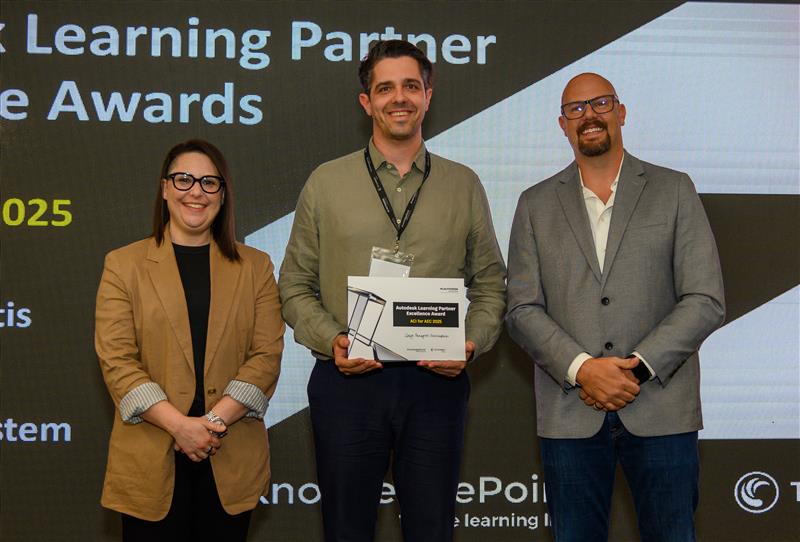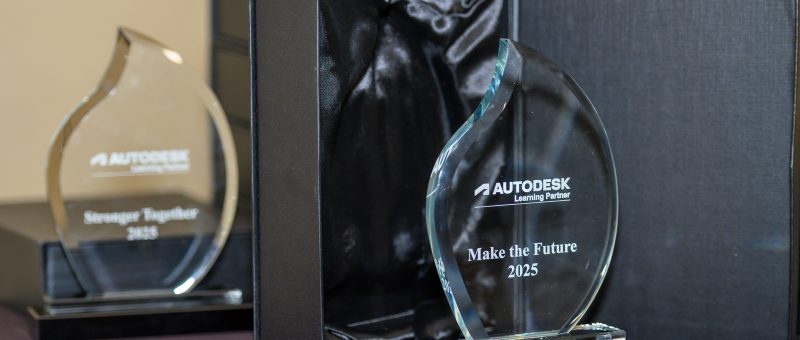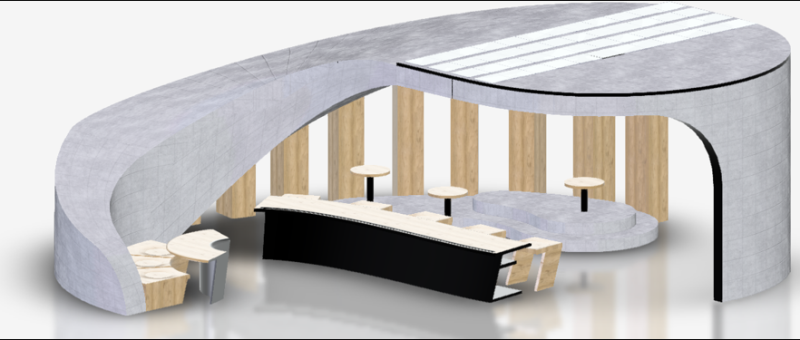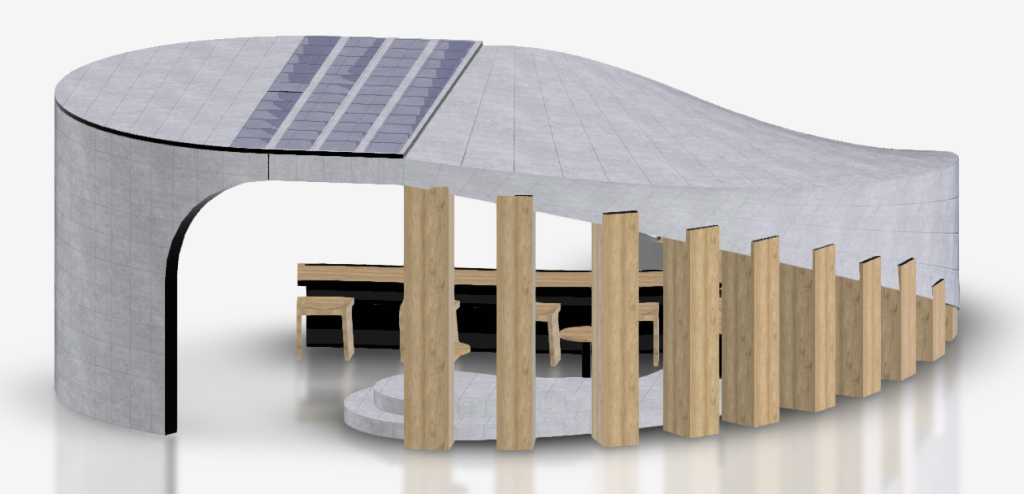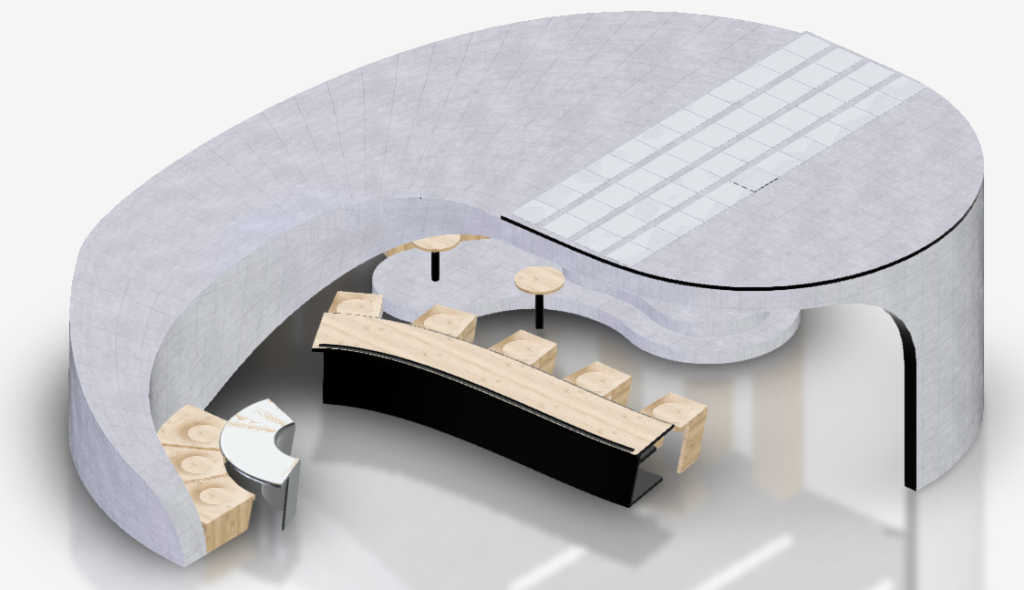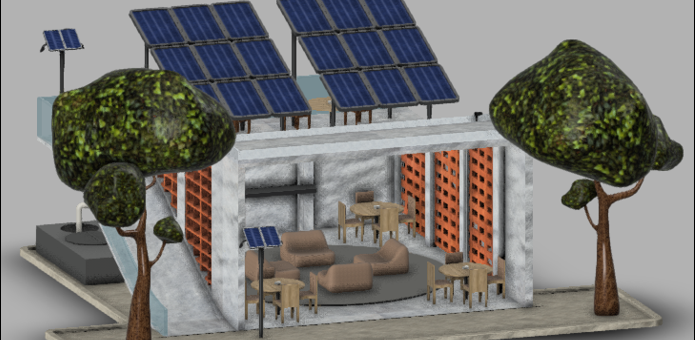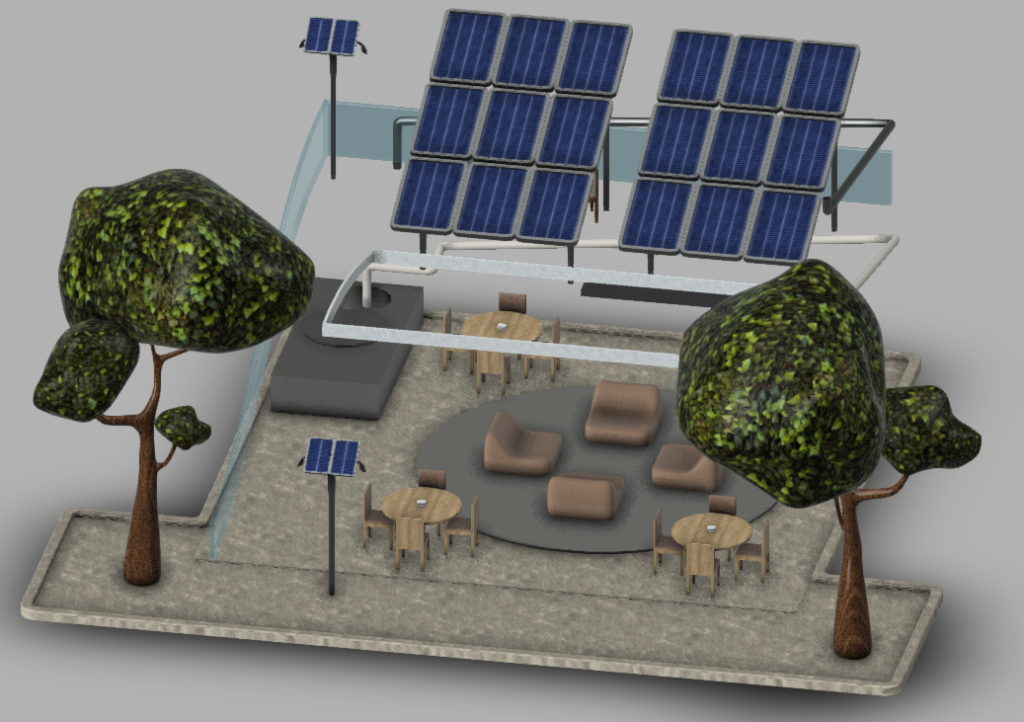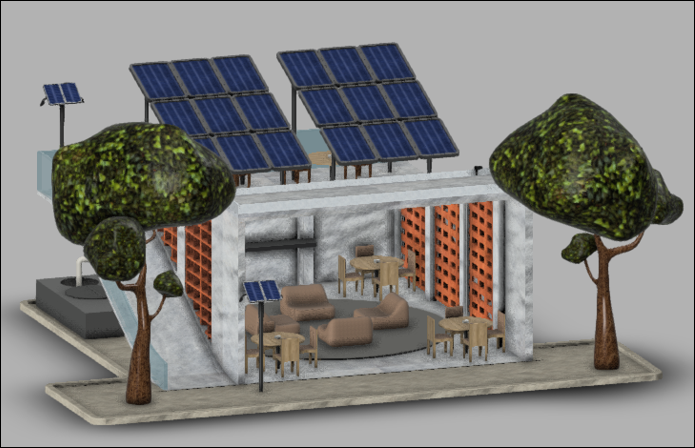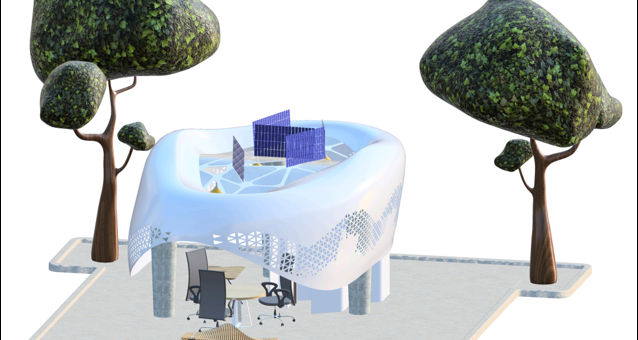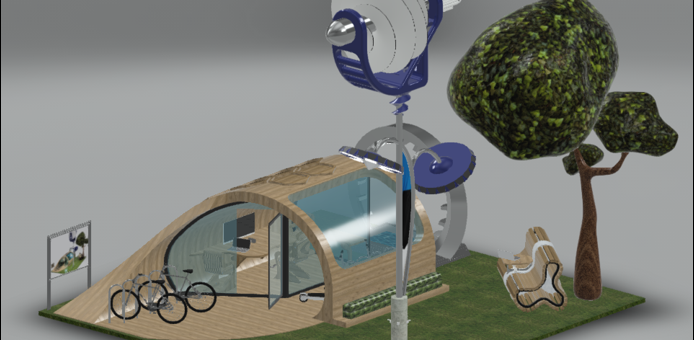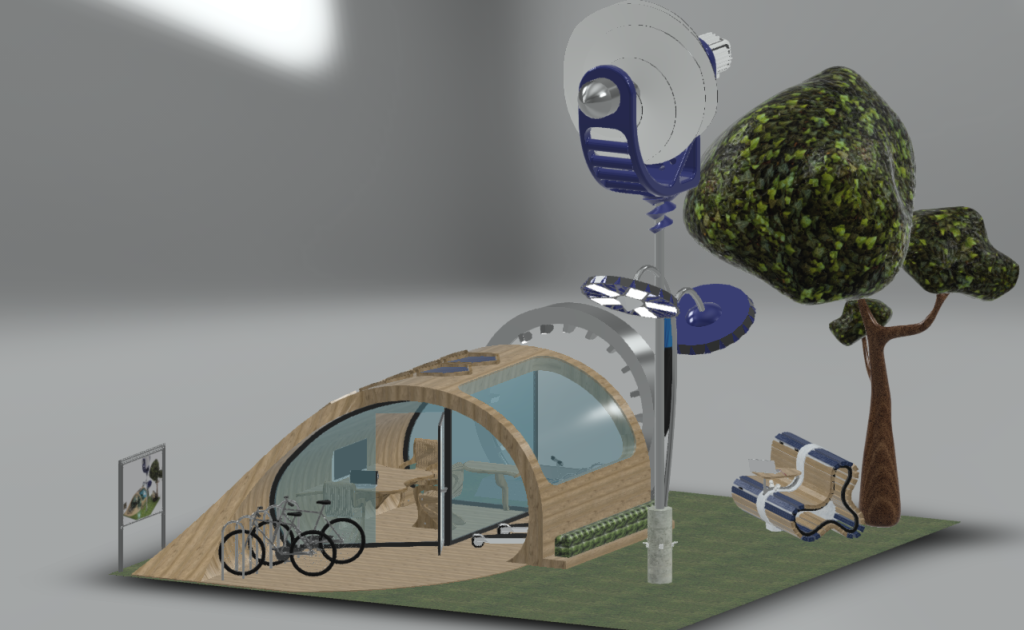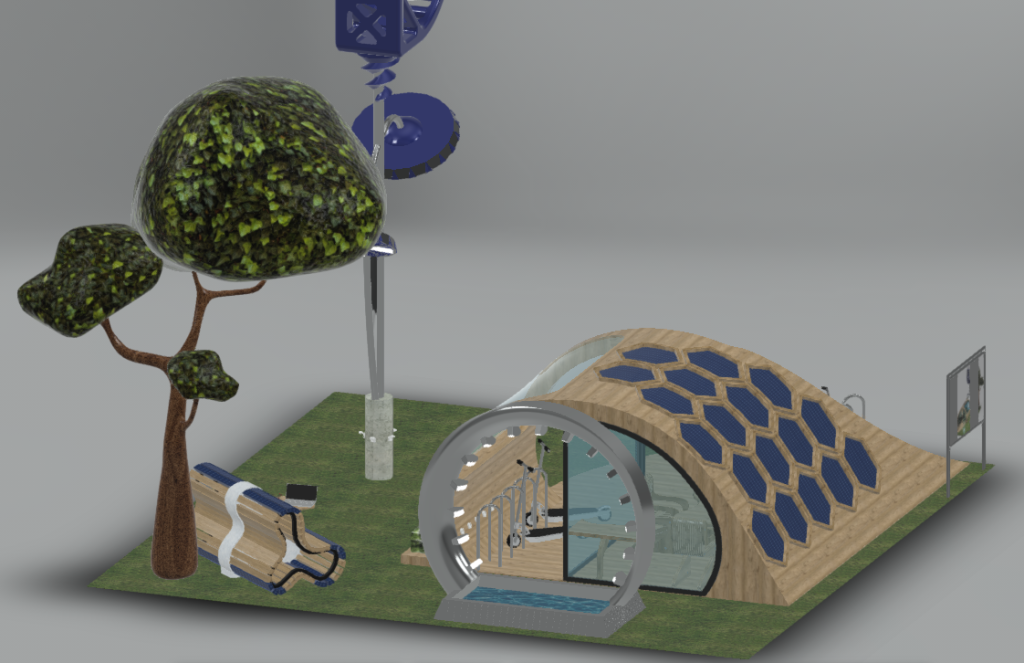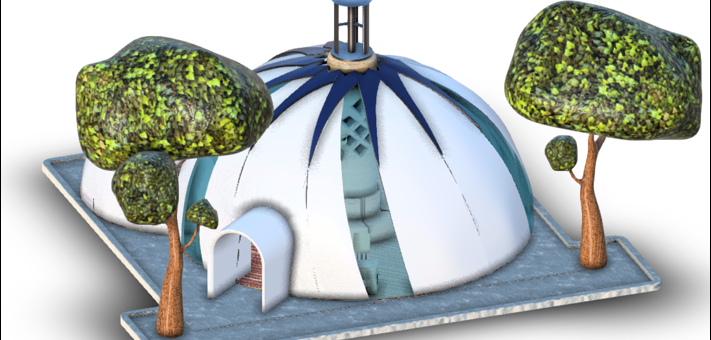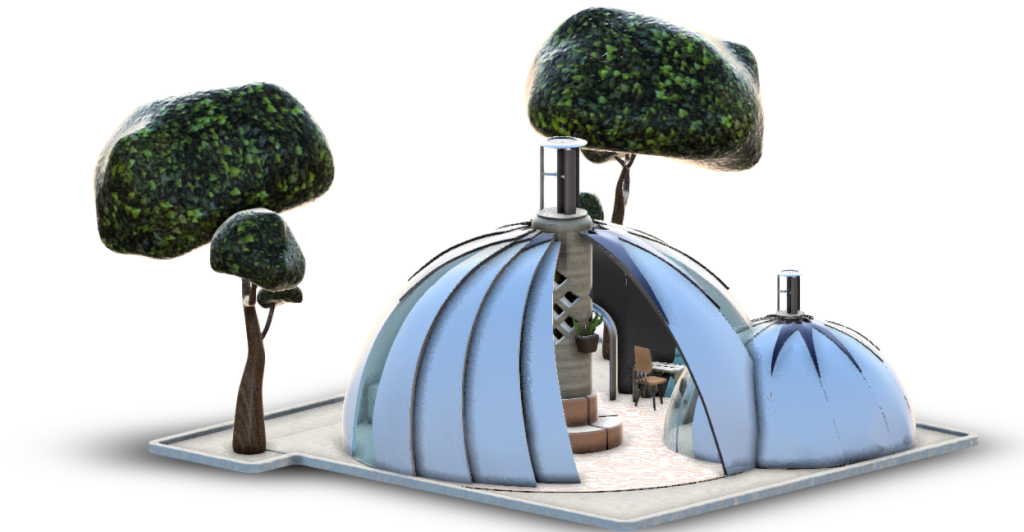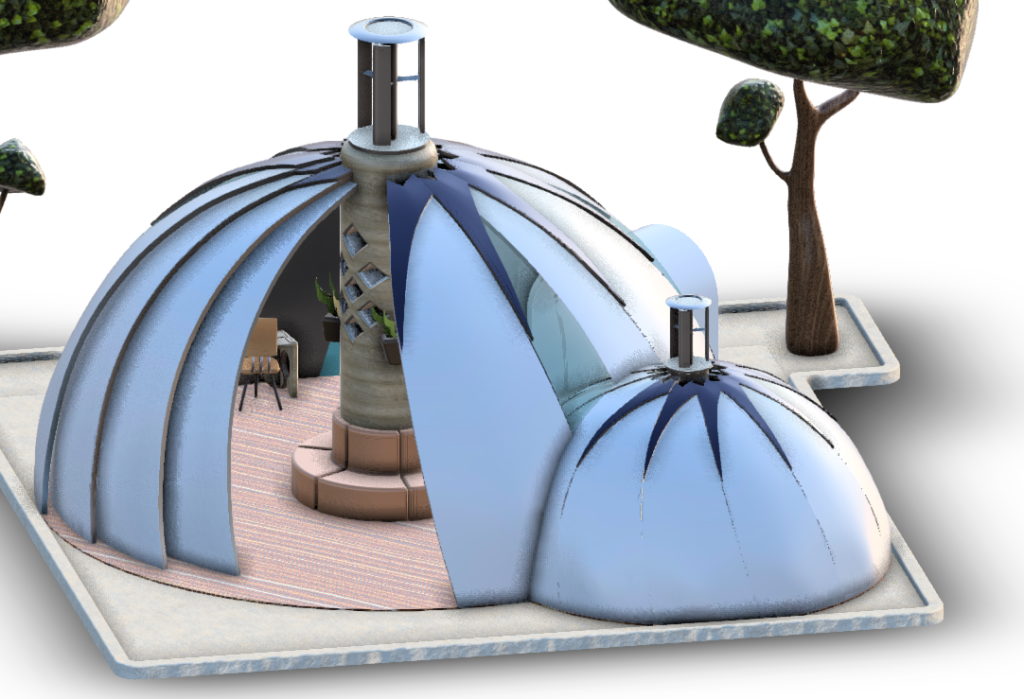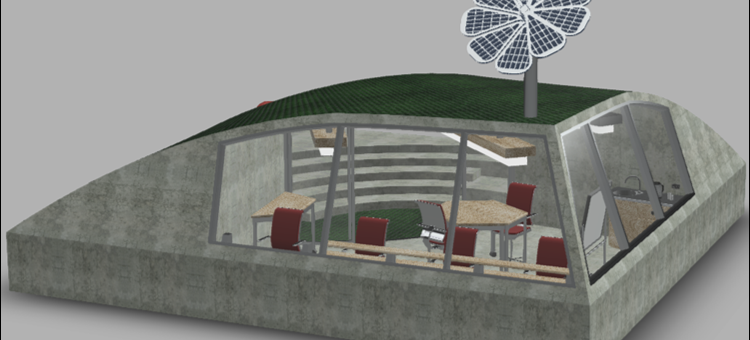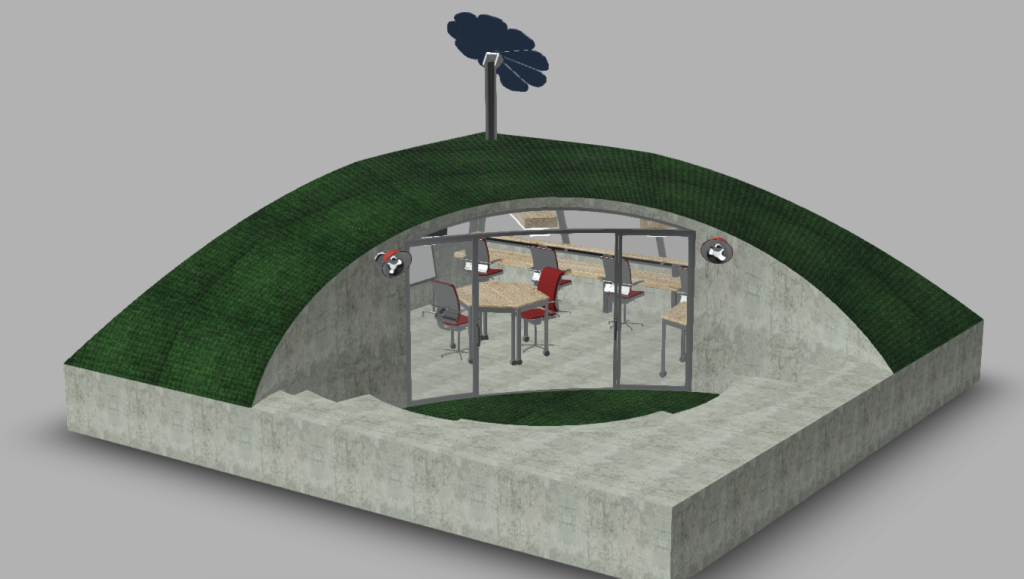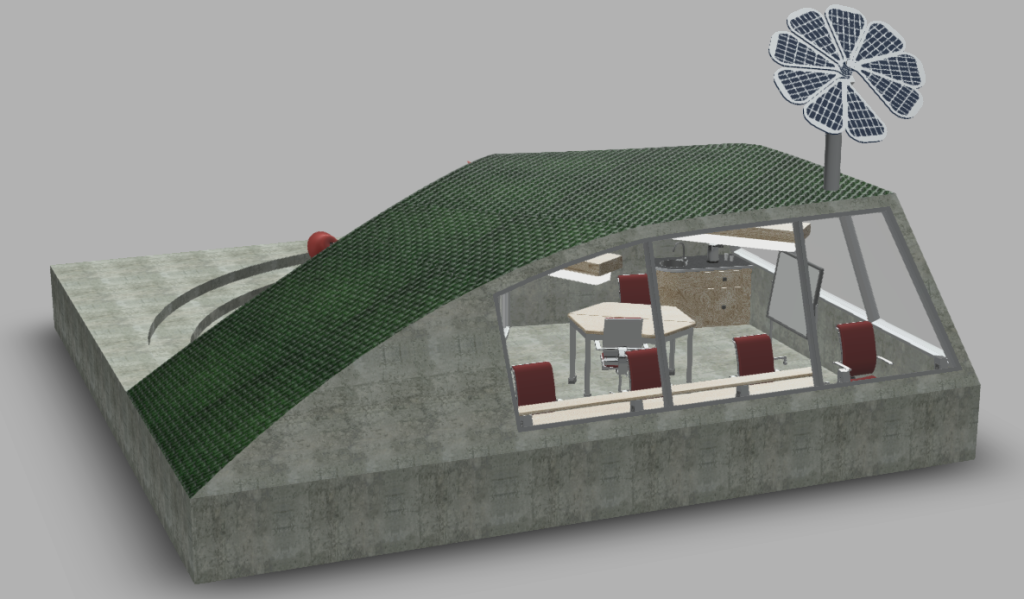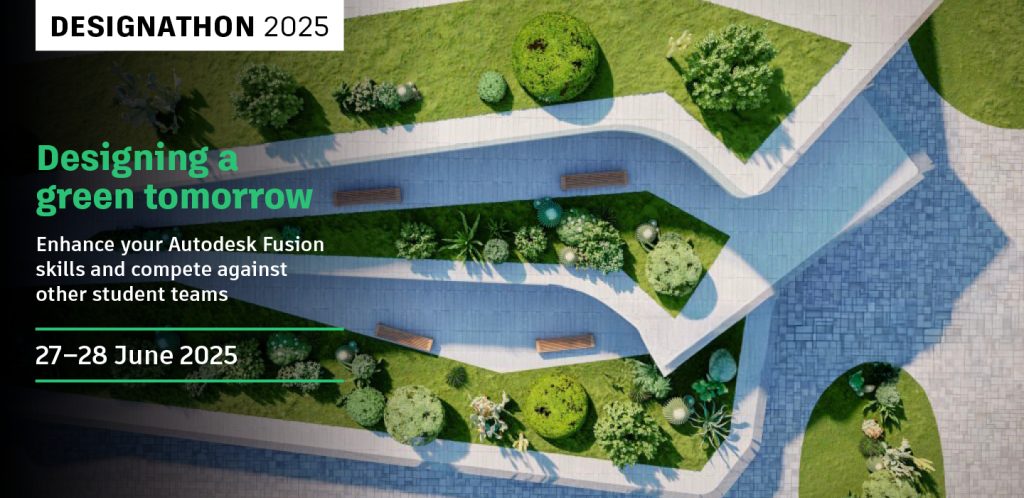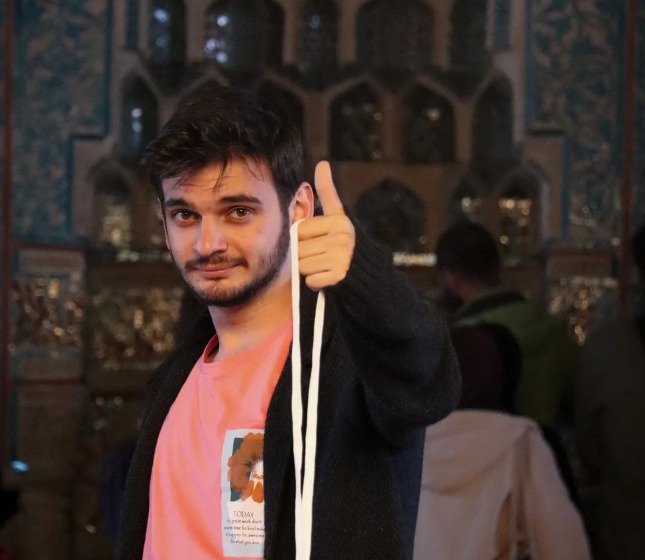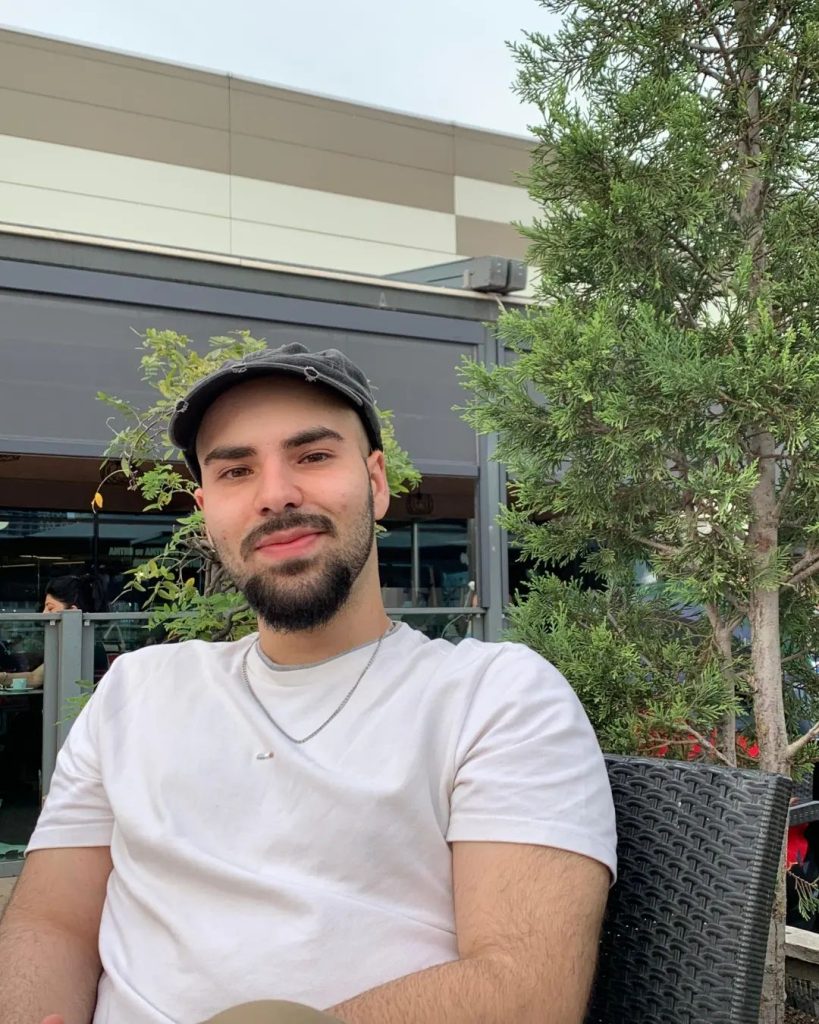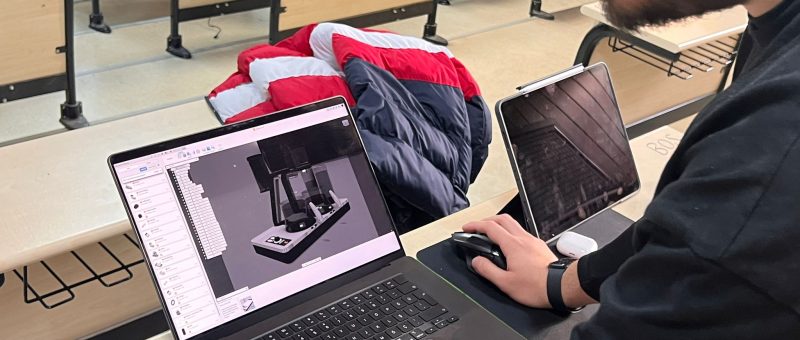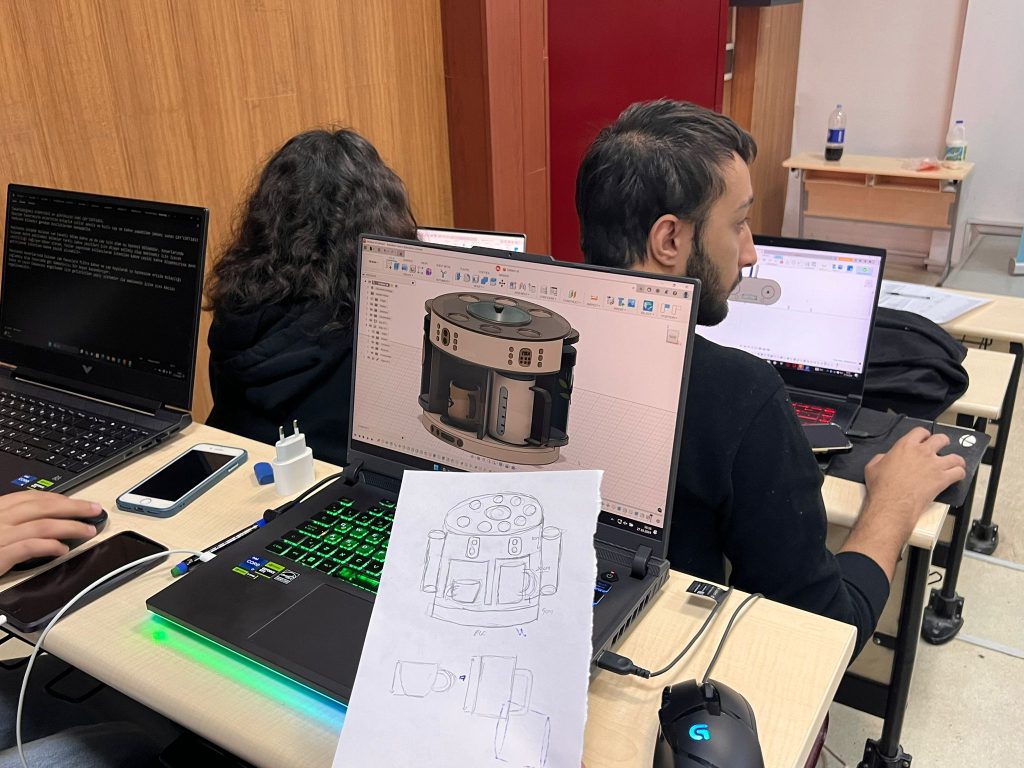As the manufacturing sector continues to evolve, sustainability is no longer a ‘nice to have’—it’s a business imperative. Driven by climate commitments, shifting consumer expectations, and the rapid advance of digital technology, manufacturers are being called upon to design and make with both economic performance and environmental stewardship in mind.
The recently published Autodesk State of Design & Make Report1 underscores this shift. It highlights how increasing awareness of the business value of sustainability has many leaders changing their perspective, seeing sustainability initiatives less as an obligation and more as an opportunity for greater performance. Indeed, it finds of 71% of design and make business leaders believe that sustainability measures can generate in excess of 5% of their annual revenue.
Across manufacturing organisations are looking at how they can reduce environmental harm, for example, by adopting energy-efficient technologies, optimising resource use, and implementing reuse and recycling practices. These can minimise water and energy consumption, reduce greenhouse gas emissions and limit or prevent pollution
Companies are increasingly rethinking materials, embracing new design principles, and investing in automation to reduce waste and energy consumption. They’re starting to prioritise the intersection between humans and machines, innovation, and harmonisation with the environment.
With the shift in approach, what are the implications for the skills landscape? How do companies equip the workforce with the skills needed to deliver on sustainability ambitions?
We talk about skills – in particular digital skills – in our recent insight report, Making for Tomorrow: Skilling across the Ages. We highlight the importance of equipping individuals with knowledge in science, technology, engineering and mathematics (STEM) as well as critical, adaptable skills that can keep pace with evolving technology.
According to the World Economic Forum2, the global number of green roles grew 8% per year for the five years prior to 2023. As the WEF puts it: the corporate world needs an army of employees, in all areas of business, thinking about sustainability in their decisions every day.
It goes on to say: that means product designers, supply managers, economists, scientists, architects and many others with the knowledge to both recognize unsustainable practices and find ways to improve sustainability for the overall health of their companies and the planet.
We don’t under-estimate the size of the challenge – there are insufficient people in the ecosystem with the skills and experience needed. In particular, I was struck by the estimate from UNESCO that Sub-Saharan Africa alone needs 2.3 million engineers to address its development challenges, including huge infrastructure projects, sustainable energy solutions, improved health care and improved food production.
Sustainability as a core competence
In our report, we suggest sustainability needs to become a core competence – how incorporating sustainable practices into manufacturing offers both an environmental responsibility and a strategic advantage.
Encouragingly we’re seeing increasing recognition of its importance. In the latest Future of Jobs report from the World Economic Forum3, among the top 10 skills on the rise are leadership and social influence, talent management, analytical thinking, and environmental stewardship. These skills highlight the need for workers who can lead teams, manage talent effectively and adapt to sustainability and green transitions in an increasingly complex and interconnected world.
This and the Autodesk report point to how a growing focus on environmental stewardship as a critical skill reflects an evolving alignment between business strategies and sustainability objectives.
Preparing for the future
We’re in the business of preparing people for this new era – in helping develop the talent of the future which will allow organisations to align business goals with sustainable priorities. We know that sustainability isn’t just about new technologies or business models—it’s also about people. It demands a different kind of workforce: creative problem-solvers who understand lifecycle thinking, systems designers fluent in digital tools, and technicians who can work across disciplines to reduce resource use and improve product longevity.
One of the ways we’re helping people prepare for the future is through our Designathon. This hands-on, challenge-led initiative invites teams of students to enhance their skills and respond to a green design brief. The Designathon encourages them to apply digital design principles, to collaborate, and innovate.
It’s not only a creative exercise; it reflects the skills shift we need across the manufacturing sector.
Initiatives like this are essential to complement traditional education and training pathways. They provide a space for people to explore sustainability through a practical lens, test out ideas, and gain confidence in digital tools that are increasingly central to sustainable design and manufacturing—such as generative design, simulation, and additive manufacturing.
The future of manufacturing will be shaped by those who can balance performance, cost, and environmental responsibility. To support that future, industry leaders, education providers, and policymakers must work together to embed sustainability into the fabric of skills development.
Create more sustainable products with Autodesk Fusion – find out more at our FREE demo
Autodesk Fusion empowers users to create more sustainable products and processes through material selection tools, energy consumption analyses and lifecycle assessments. This focus on sustainability is not just about reducing waste or energy usage; it’s about innovating in ways that lead to more environmentally friendly and economically viable products.
We’re offering businesses the opportunity to find out more about Autodesk Fusion – we’re hosting a free demo session:
Date: Wednesday, 12 June 2025
Time: 09:30 WEST / 09:30 BST / 10:30 SAST / 11:30 EEST
Location: Online on Zoom
Go here to reserve your seat: https://knowledgepoint.com/autodesk/autodesk-product-demo/
In our latest report, Making for Tomorrow: Skilling Across the Ages, we explore skills gaps and approaches to filling these gaps. We highlight the importance of sustainability – and include examples of how Autodesk Fusion has been applied in practice.
Tomas Karlsson is the sr manager of channel services at Knowledge Point. This means he oversees the management of outsourced extended enterprise learning programmes, recruiting, and supporting global network of training providers on behalf of organisations, including Autodesk.
- Autodesk State of Design & Make Report 2025
- https://www.weforum.org/stories/2023/01/green-jobs-booming-plug-sustainability-skills-gap-work/
- https://www.weforum.org/publications/the-future-of-jobs-report-2025/
